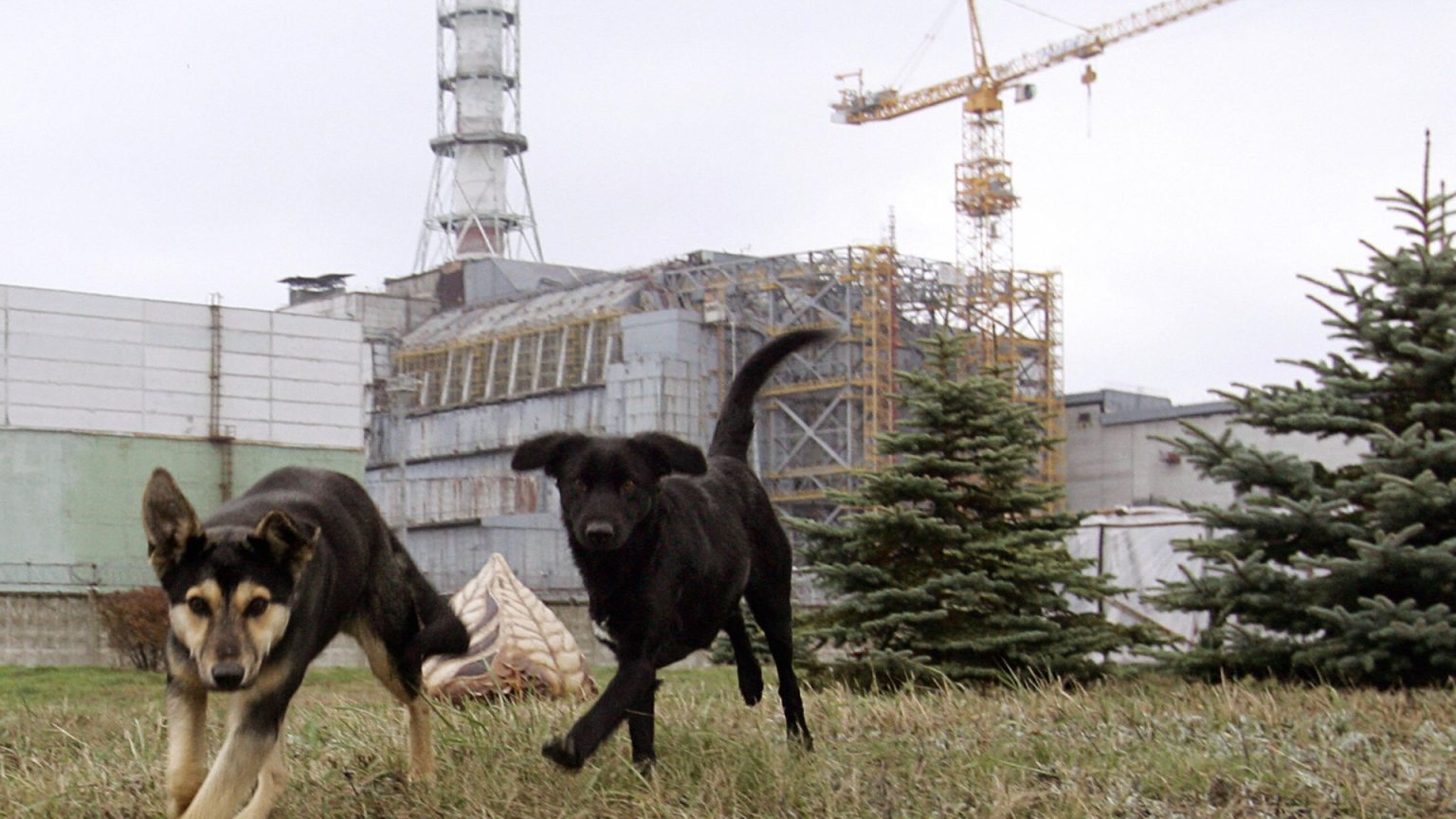The Chernobyl nuclear disaster of 1986, a catastrophe that released a hundredfold more radiation than the Hiroshima and Nagasaki atomic bombs combined, transformed the surrounding area into a desolate wasteland, forcing the evacuation of tens of thousands of residents. Despite the extreme environmental conditions and persistent radiation, life, in the most unexpected forms, has not only endured but adapted. Two distinct populations of stray dogs, inhabiting the area around the Chernobyl power plant and the abandoned city of Pripyat, have become the subject of a groundbreaking scientific study, offering insights into the remarkable resilience of life and the potential genetic impacts of long-term radiation exposure.
These dogs, descendants of those left behind during the evacuation, have, over nearly four decades, adapted to the harsh conditions, evolving into unique populations. Researchers have identified two main groups: one residing near the power plant itself and the other inhabiting the deserted city of Chernobyl. While separated by only a short distance, these populations exhibit minimal intermingling, suggesting distinct evolutionary paths influenced by their respective environments. Genetic analysis of these canine populations has revealed a surprising degree of genetic diversity, with a substantial German Shepherd ancestry identified in both groups, although none were found to be purebred. Furthermore, the study discovered 52 specific genes potentially linked to chronic radiation exposure, offering clues to the mechanisms of adaptation and survival in this contaminated environment.
The key question driving the research is whether a large-scale environmental disaster like Chernobyl has a lasting genetic impact on the organisms that inhabit the affected region. By studying the genetic makeup of these Chernobyl dogs, scientists aim to identify specific genetic markers that signify adaptation to chronic radiation exposure. These markers can then guide further research into the affected genes and their roles in DNA repair and other cellular processes impacted by radiation. The study posits that these Chernobyl dog populations represent valuable “signposts” highlighting areas within the genome that warrant closer examination, potentially uncovering mechanisms of genetic resilience and adaptation to environmental stressors.
The research not only sheds light on the genetic adaptations of these canine survivors but also reveals intriguing details about their population dynamics. Despite the challenging environment, the dogs have formed packs, providing both companionship and protection. This social structure likely contributed to their survival, allowing for cooperative hunting and defense against predators. Remarkably, despite the initial devastation to the surrounding flora and fauna in the immediate aftermath of the disaster, wildlife has gradually returned to the Exclusion Zone, transforming it into an unintended sanctuary. The absence of human activity, including hunting, farming, and urban development, has allowed nature to reclaim the area, providing a unique opportunity to study the long-term ecological impacts of the disaster and the resilience of various species, including these resilient canines.
The plight of these Chernobyl dogs has garnered increasing attention in recent years, leading to various organizations stepping in to provide aid, including vaccination programs and even adoption initiatives. The enduring presence of these dogs, thriving against the odds in a landscape indelibly marked by a nuclear catastrophe, serves as a testament to the adaptability and resilience of life. Their very existence provides a unique opportunity to explore the biological impacts of long-term radiation exposure and the potential for genetic adaptation in extreme environments. The insights gained from this study may not only contribute to our understanding of the health risks associated with radiation but also inform strategies for mitigating these risks in both humans and other species.
The research conducted on the Chernobyl dogs represents a pioneering effort to understand the complex interplay between genetics, environment, and survival in the aftermath of a nuclear disaster. By unraveling the genetic secrets of these resilient canines, scientists hope to gain valuable insights into the long-term impacts of radiation exposure and the remarkable capacity of life to adapt and thrive even in the most challenging of circumstances. This study not only unveils the unique genetic adaptations of these Chernobyl dogs but also underscores the importance of continued research into the biological legacy of this nuclear disaster, offering potential benefits for both human and environmental health.


